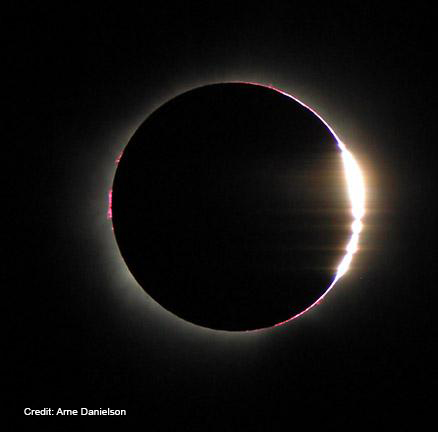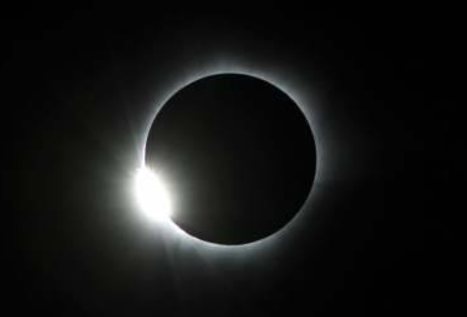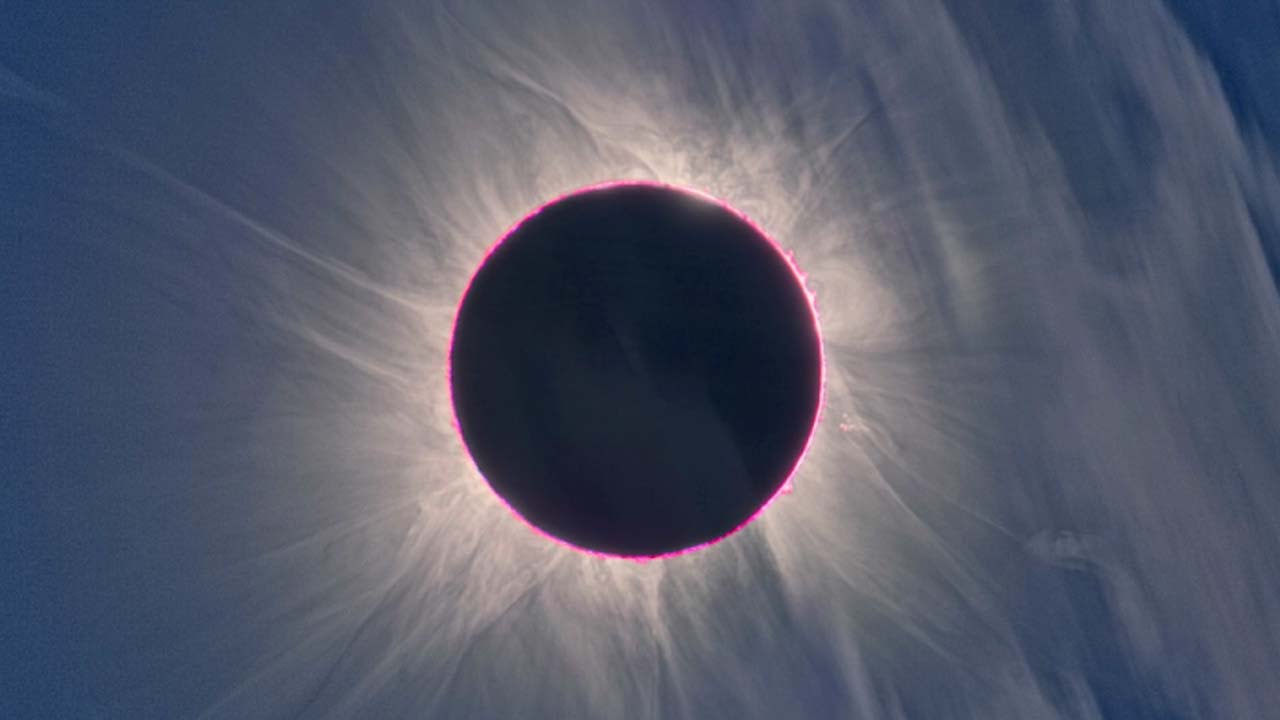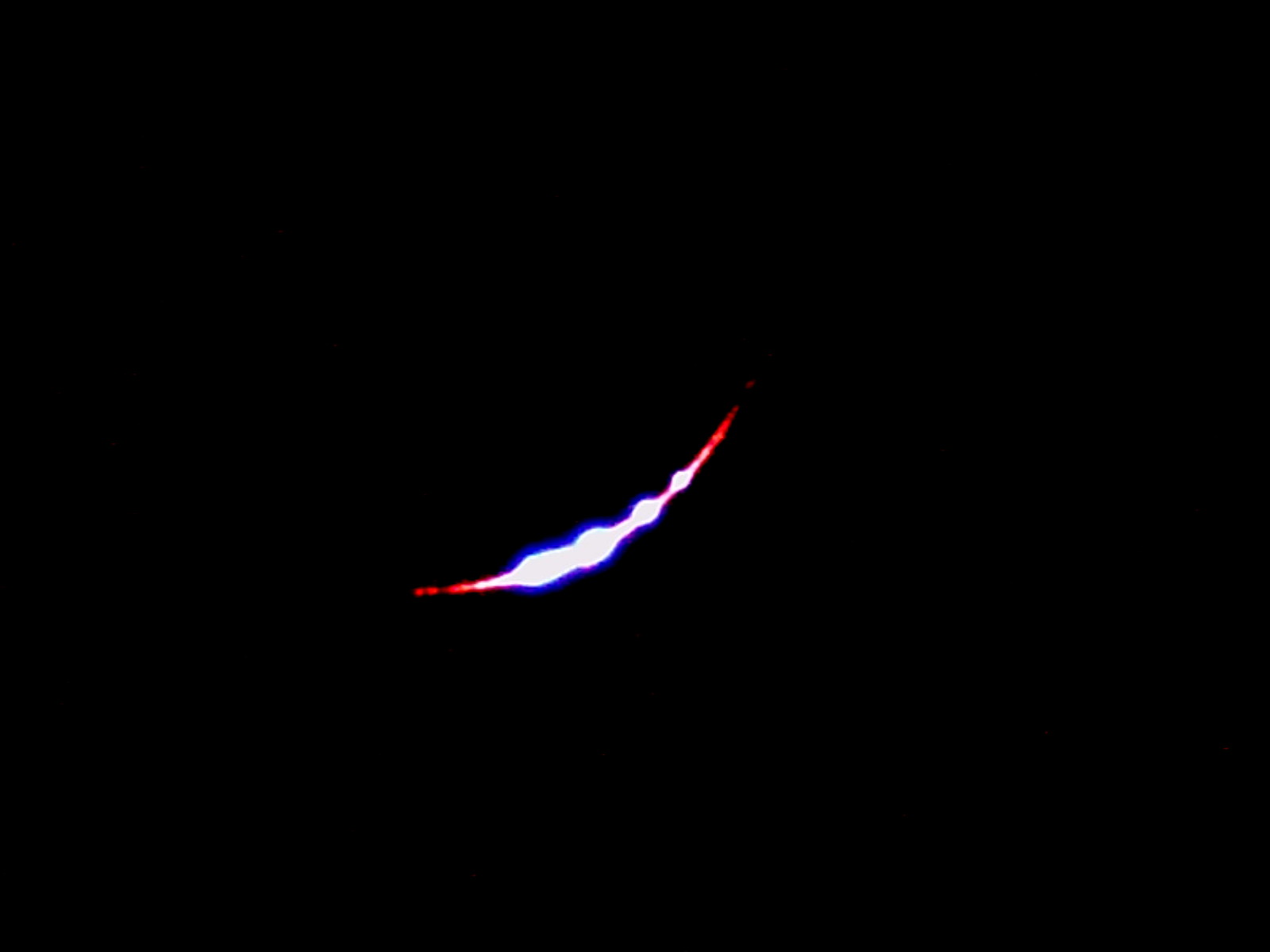The solar eclipse almost here. Assuming it is clear, we will see some unique phenomena in Seattle and especially in the path of totality in Oregon.
In Seattle, we will have a partial eclipse. We will see the first bite out of the sun around 9:08 a.m. on Monday. This is called the first contact. It may take a few minutes before you will be able to see the shape of the moon cutting into the sun.
As we approach maximum coverage of the sun at 10:20 a.m., you will see the noticeable dimming of the day. Shadows become sharper, because the illumination is from a thin crescent rather than the whole disk of the sun.
At maximum coverage, the moon will cover about 88 percent of the sun in Blaine, about 92 percent in Seattle, and about 99 percent in Vancouver.
We will see some other interesting effects. A colander's shadow may show crescent suns as the holes act as little pin hole cameras. Under leafy trees, you may see the crescent suns as well.


If you are closer to the Oregon border you may notice a definite darkening of the sky to the south.
In Seattle, you will then see the moon gradually slide off the sun and finally end at 11:39 a.m.
The view within the path of totality will be even more spectacular. The path is only about 70 miles wide, and the shadow will be moving in excess of 2,000 mph as it traverses Oregon. Totality will be brief – just a little more than two minutes in Oregon.
You will see all of the effects we will see in Seattle, but as the eclipse approaches 100 percent more things will begin to happen.
Looking out in the direction of the oncoming shadow you can just see this ominous darkness approaching. It feels a bit like looking at Armageddon. It does tug as something primal inside of you.
Animals, especially birds, will start to settle down for the "night."
Sometimes people will see shadow bands ripple across the ground or on walls.
Looking up at the sun with eclipse glasses, you will see a thin line of light along the edge of the sun that will begin to look lumpy and then briefly break into beads of light – called Bailey's Beads. These are the last rays of sunlight sneaking through the lunar canyons on the edge of the moon's disk.

Then just before the moon covers the sun completely there is a last burst of light called the diamond ring effect. It goes out, and suddenly the sky is dark.

The illumination is like a moonlit night. The stars and planets come out. We should see Venus easily this year.
The delicate corona surrounds the sun with a veil of filaments that are pinkish. If you look towards the horizon, it looks like a 360-degree sunrise/sunset though different lighting.

I had the real sense that I was inside a column of darkness. It is a full body experience – physical and emotional.
Don't look at it through a viewfinder. There will be plenty of pictures of the sun. Look at it with your eyes and look around yourself. It is a lot to absorb in two minutes.
Related content

